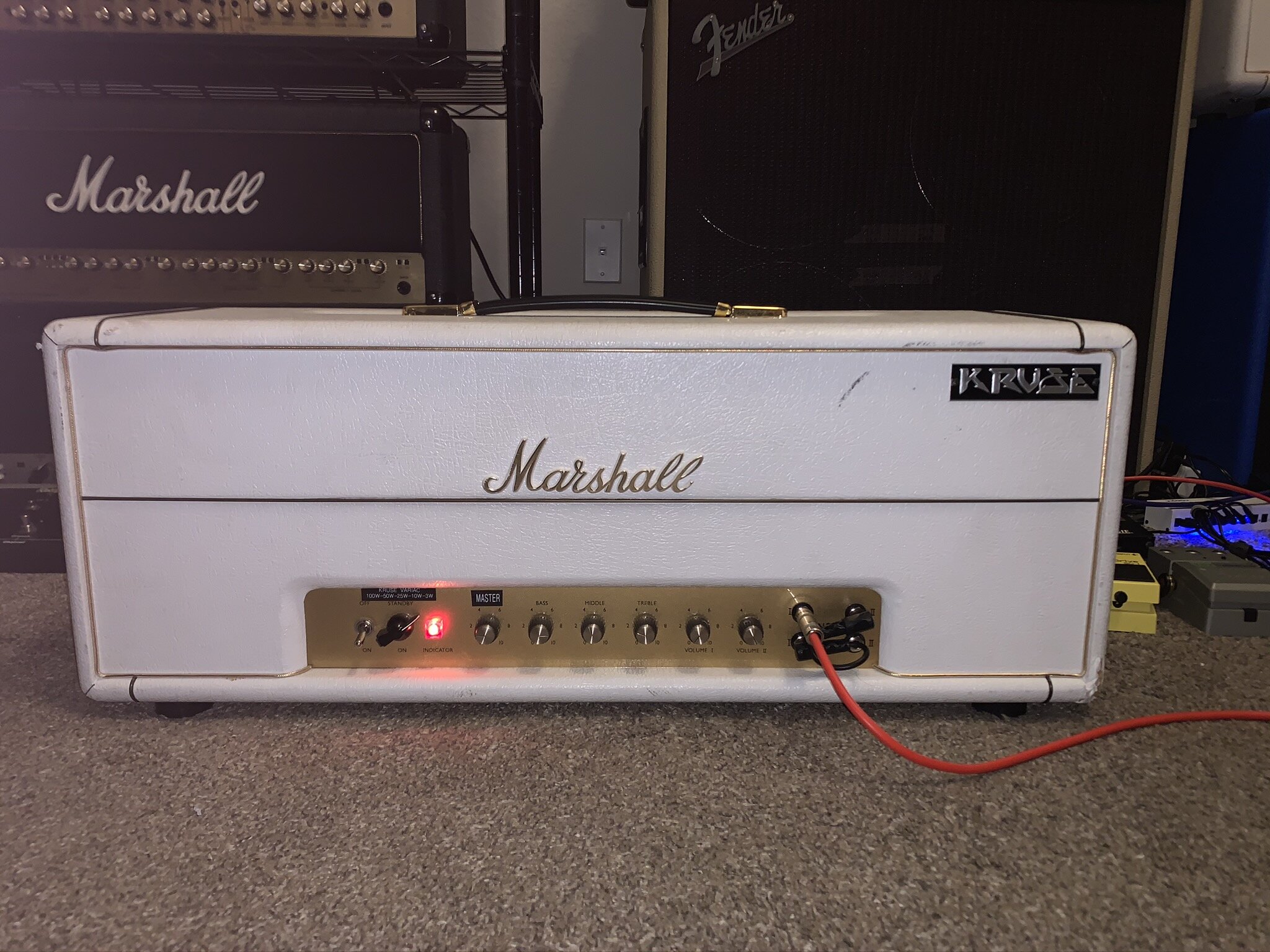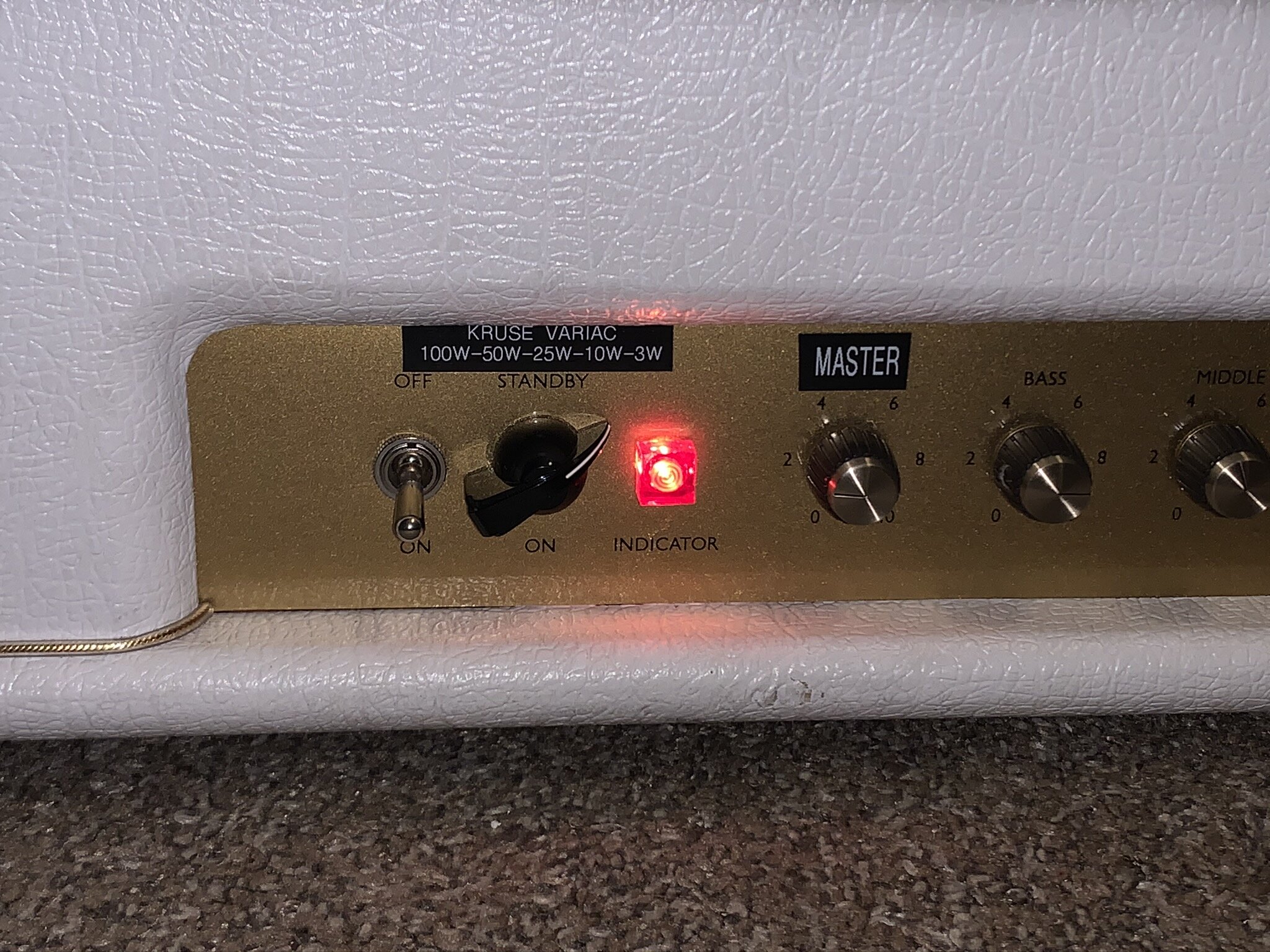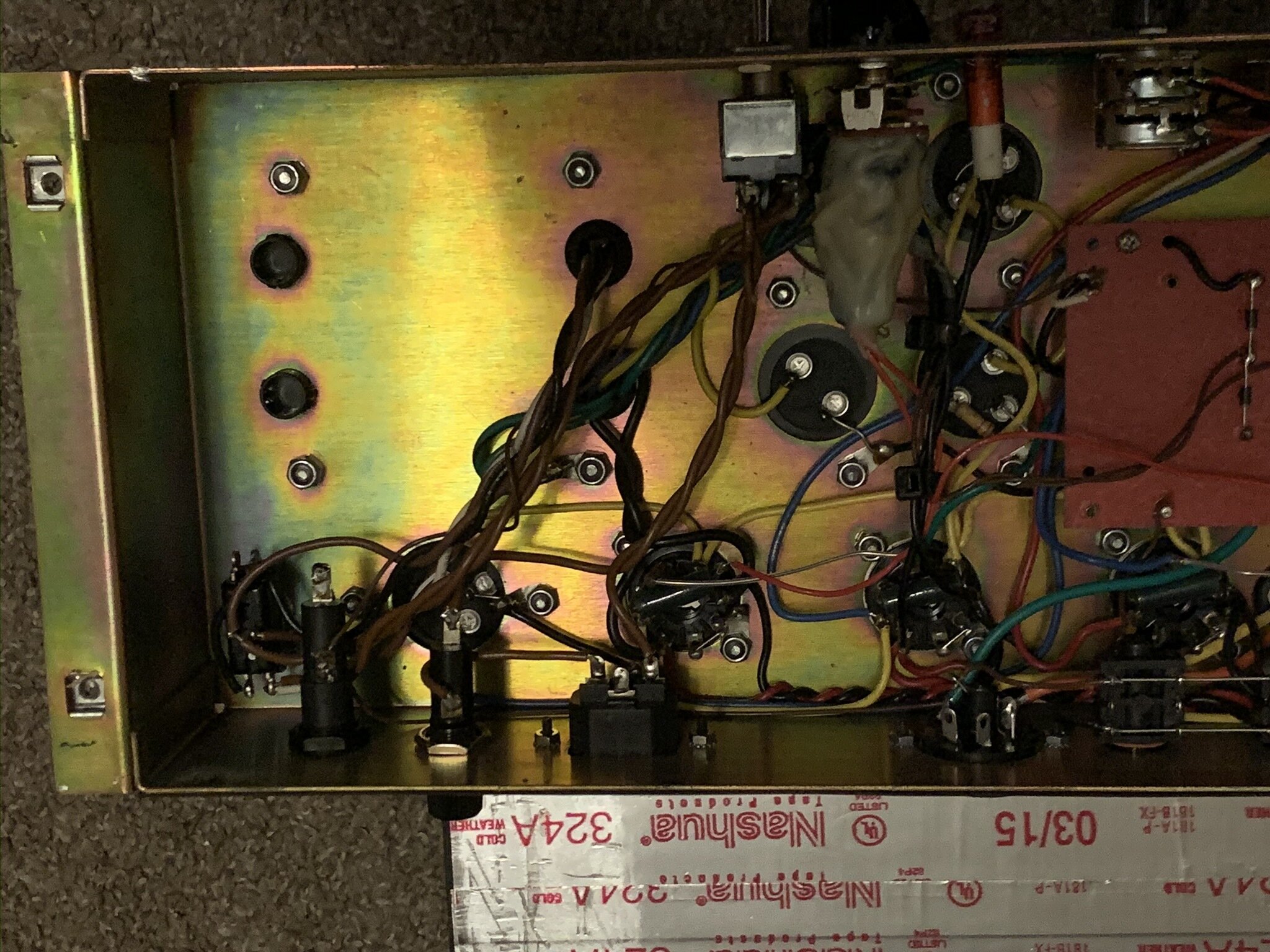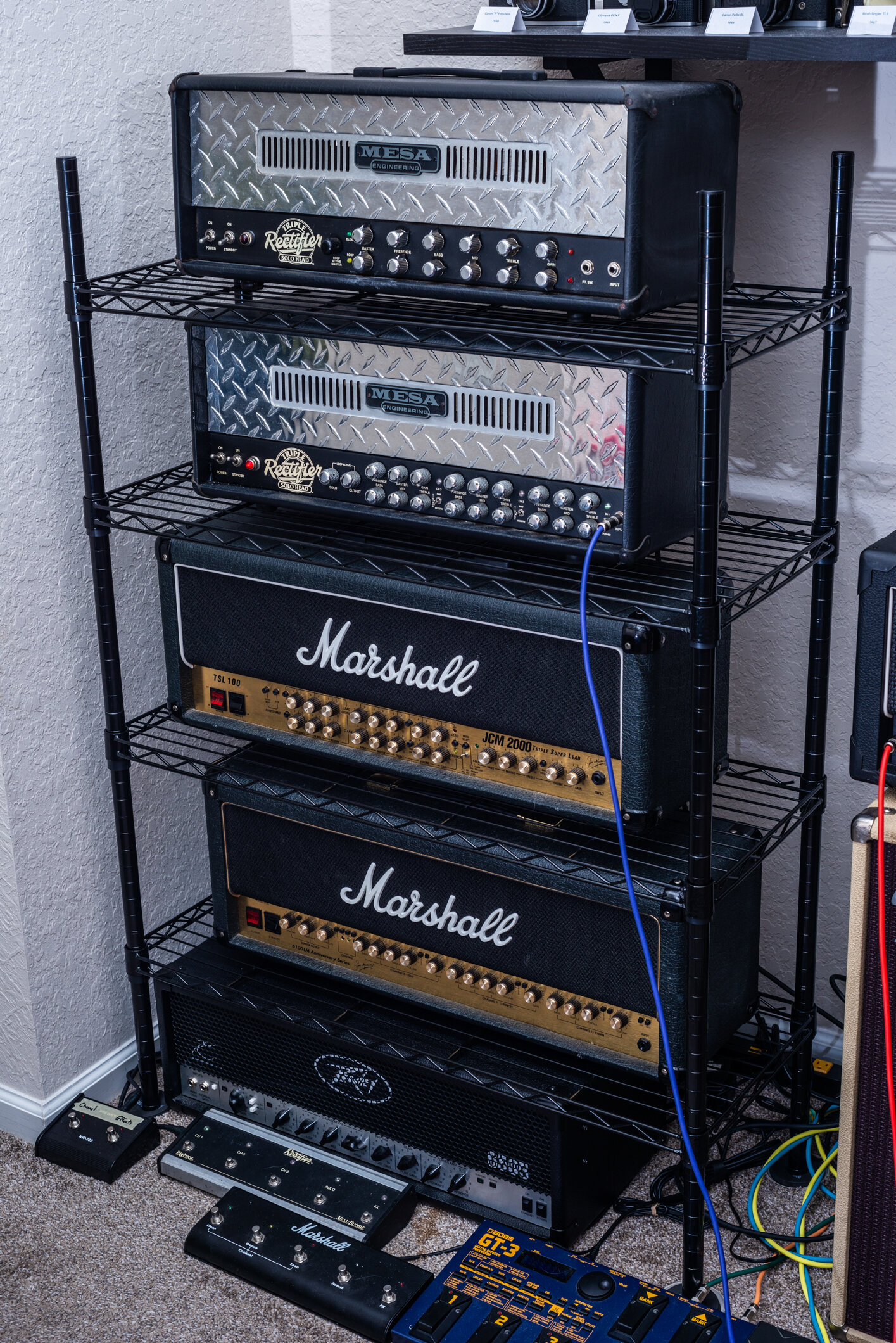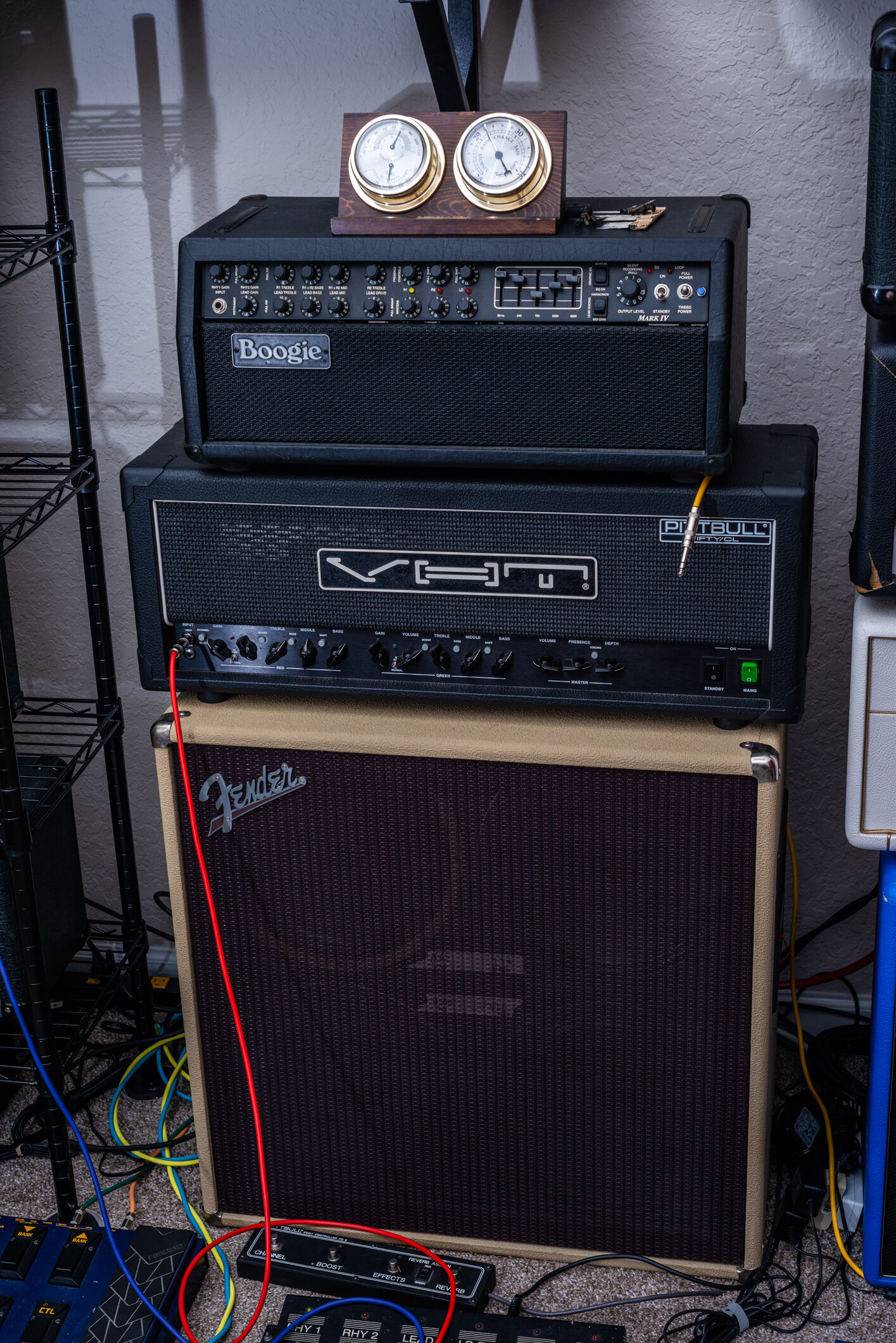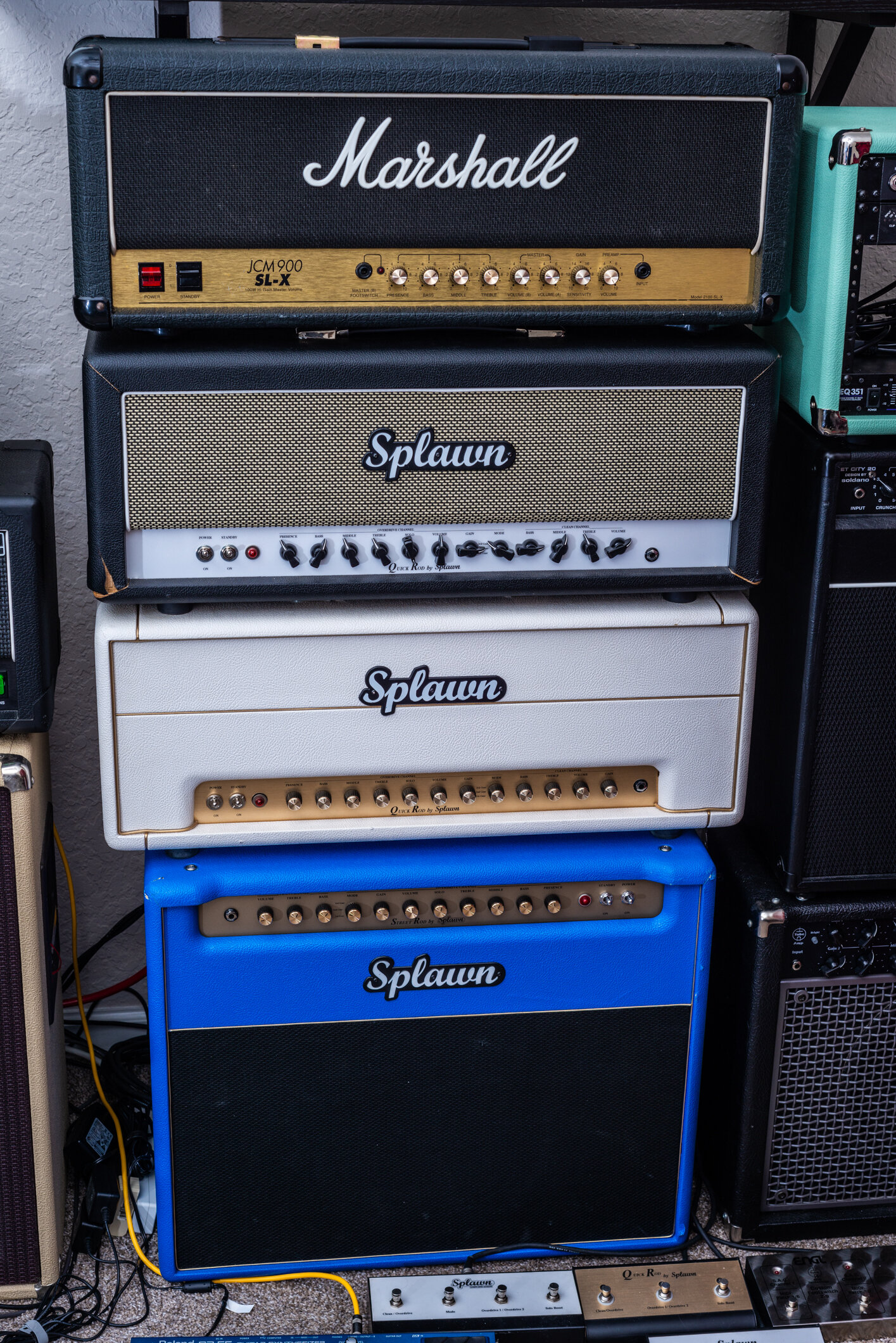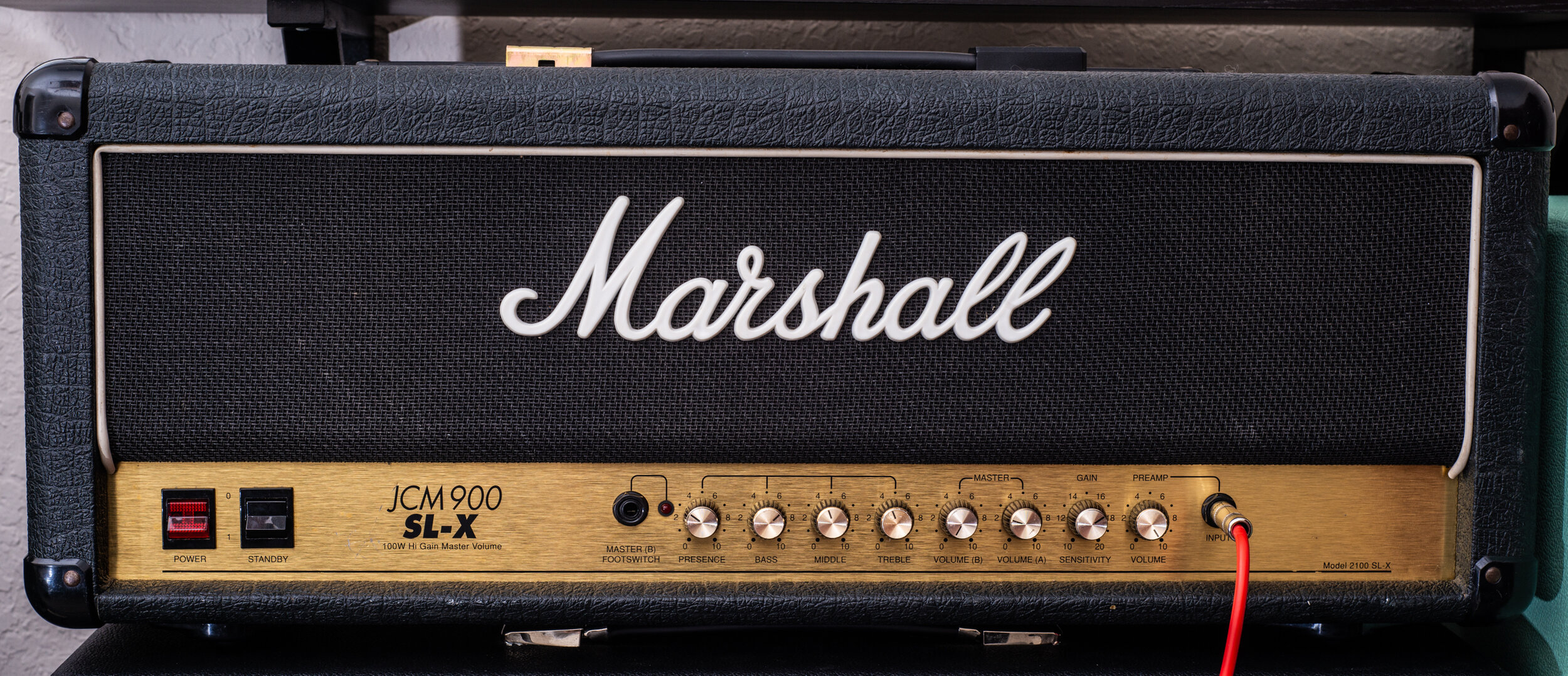Yes - that’s right - two Oranges on the same day. The Thunderverb arrived from UPS (had to go pick it up at the distribution center because the package was marked return to sender… I wasn’t going to let that happen) and this amp popped up at a Guitar Center about 50 miles away.
I drove down and took a long lunch break to pick this amp up. Disappointingly, the local GC was a bit of a mess but they did try their best to help me - basically I’d placed the order online and they had to cancel it, but I wanted to use Paypal because I got 5% cash back that quarter. When they cancelled, it didn’t appear back online and I couldn’t just pay with Paypal in store. Finally we worked around it by buying a GC Gift Card online with paypal, which I then immediately redeemed in-store for the amp. Kind of a roundabout way to solve the problem but either way, I got my 5% cash back which is what I really wanted (especially on an amp in the $1000+ range!).
Unlike the Thunderverb, this amp also has two channels but the dirty channel has an extra gain stage - 4 total - while the clean channel only has 2. The tube complement between these amps is the same and if I had to bet, the circuit is probably very similar as well.
However, the Rockerverb is voiced quite differently to the TV. It’s hard to describe exactly, but the Rockerverb is more modern and when I think of current bands using Oranges this is closer to that tone for sure. It’s a bit brighter, maybe a tad more scooped, definitely smoother sounding. That’s not to say this is a scooped amp, this is still a British ultra-strong mids machine, but the mids have a different character to their grit than the Thunderverb.
This being the Mark III model, the reverb mix control is dialed back to more sane levels, and I can easily turn it up to around half before it starts to get too crazy. The Thunderverb has the same Reverb setup as the earlier Rockerverb Mk I, and even the 9 O’clock mark is usually too much reverb and as much as the Mark III has set to full.
One cool features I was not expecting is that all of the front panel knobs on this amp have soft detents. As you turn the knob, it very softly clicks into place a number of times during its travel. The clicks really add a feeling of high quality to this amp and it’s really a pleasure to dial in, and the detents are spaced apart just enough to feel like they have an appreciable effect, but not so far that you can’t fine tune your sound. It’s also really great for home playing, for example I know in my head that up 3 notches (6 or 7 total) on the master “attenuator” volume control is as loud as I can reasonably get away with at home, so when I’m alone I click up 3 notches from where I was then back down 3 when I’m done… really convenient.
I can see why the Rockerverb is Orange’s top seller (as far as the “big” amps go) and it isn’t even close to stepping on the toes of the Thunderverb and really does completely different tones. It’s a shame the Thunderverb is discontinued since I think it really does the more classic Orange tones better, and with the recent discontinuation of the OR50/OR100 models it really only leaves the Custom Shop 50 for true classic tones. Maybe Orange will have something up their sleeves on the way - but I’ll certainly be on the lookout for a classic OR of some kind now.





